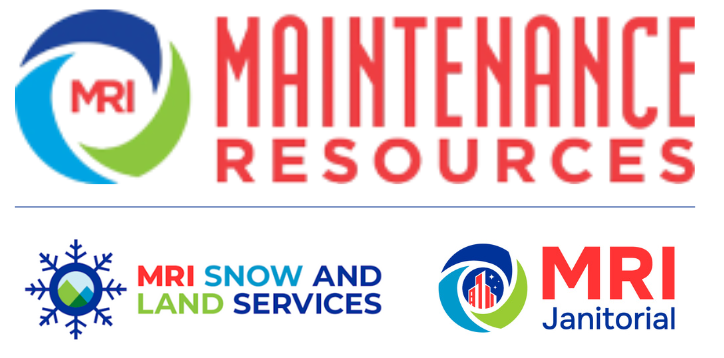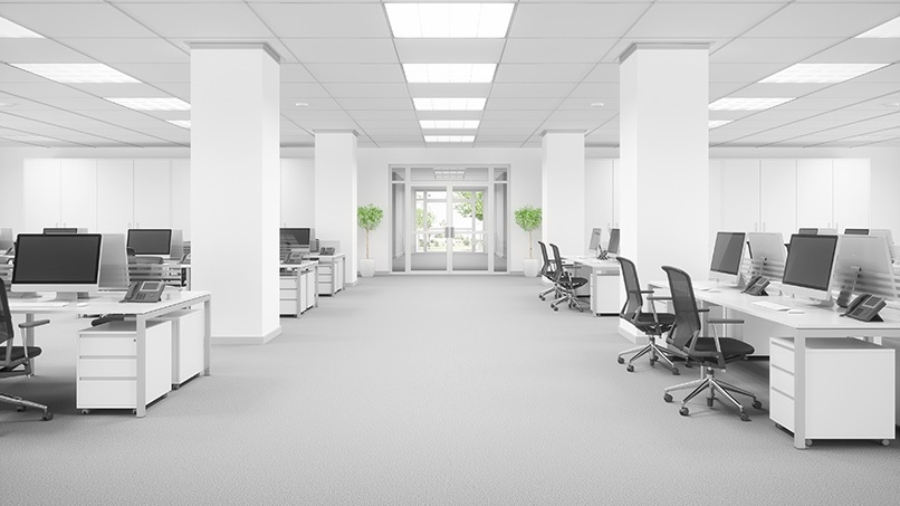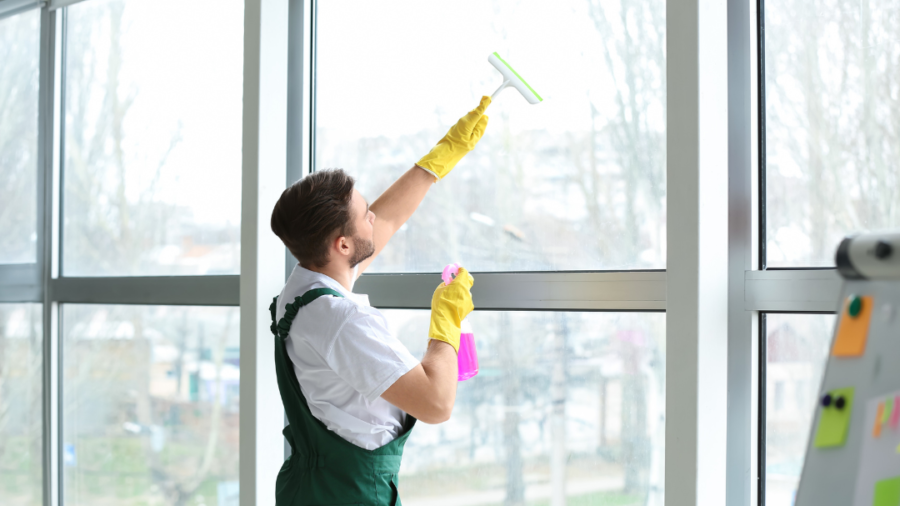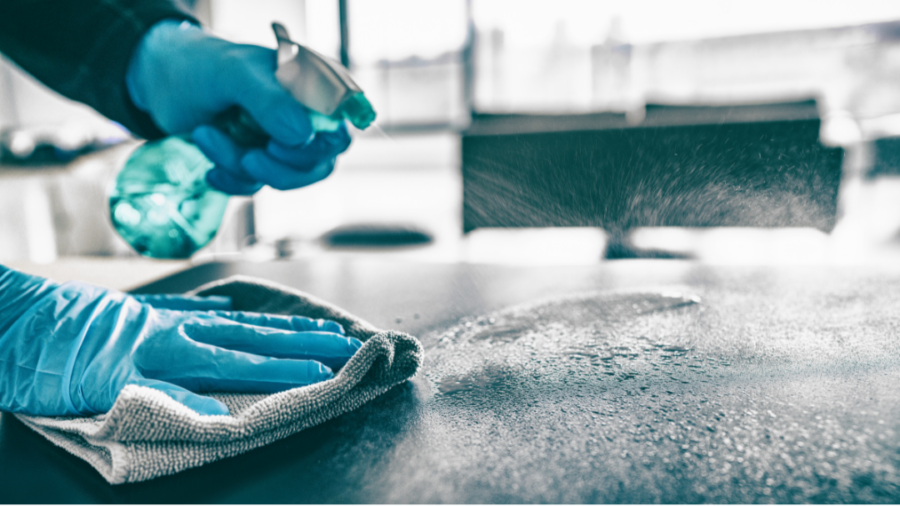Purpose of Creating a Clean and Healthy Workplace
Creating a clean and healthy workplace is vital for business success. It ensures employee health and safety, boosts productivity, and enhances the company’s image. A clean workspace reduces accidents, medical claims, and employee absenteeism, leading to smoother operations and better financial outcomes. It also increases employee satisfaction, morale, and retention rates. Additionally, a tidy workspace showcases the company’s commitment to customer service and improves its reputation. To prioritize workplace hygiene, businesses should implement preventive maintenance, regular inspections, and routine cleaning.
Corrective Maintenance
Corrective maintenance is a reactive process that involves repairing issues after they have been identified. Unlike preventive maintenance, which aims to prevent problems, corrective maintenance restores assets to optimal condition. Signs of wear and tear during routine inspections indicate the need for corrective maintenance. This type of maintenance addresses small problems promptly, preventing expensive repairs and maintaining equipment longevity. Corrective maintenance is essential for keeping the workplace operational and cost-effective.
Preventive Maintenance
Preventive maintenance is crucial for equipment reliability and minimizing breakdowns. It includes time-based, usage-based, and predictive maintenance. Time-based maintenance follows scheduled intervals, while usage-based maintenance considers equipment usage. Predictive maintenance combines technology and manual tasks, performing maintenance when needed to reduce downtime and costs. A combination of these approaches is ideal, tailored to the equipment’s requirements. Regular maintenance prevents breakdowns, extends equipment life, and improves operational efficiency, reducing downtime and costly repairs.
Predictive Maintenance
Predictive Maintenance is a growing strategy that uses real-time data from sensors to identify when equipment needs maintenance, reducing downtime and costs. It detects defects early, minimizing unexpected breakdowns and optimizing maintenance activities. Shifting from reactive to proactive maintenance, it enhances equipment reliability, reduces labor costs, saves energy, and improves safety. Adopting Predictive Maintenance improves maintenance efficiency, equipment reliability, and workplace safety.
Prescriptive Maintenance
Prescriptive Maintenance uses advanced analytics and machine learning to generate predictions and recommendations for efficient system operations. It improves maintenance management by providing clear instructions, optimizing resource use, and reducing costs. By analyzing real-time and historical data, it identifies patterns and trends to create work orders for maintaining optimal conditions. This proactive approach reduces downtime, enhances safety, and achieves cost savings.
Reactive Maintenance
Reactive maintenance is unplanned and occurs in response to equipment failure or breakdowns. It can lead to expensive repairs, downtime, and safety hazards. To avoid these risks, a comprehensive preventive maintenance plan is crucial. Regular inspections and routine maintenance tasks help identify and address potential hazards before they cause breakdowns. Adhering to hazard communication standards reduces accidents related to hazardous materials. Prioritizing preventive and prescriptive maintenance and proactively addressing hazards promotes a clean and healthy workplace, ensuring employee safety and well-being.
Benefits of Routine Maintenance for Business Owners
As a business owner, keeping your workplace clean and healthy is essential for the productivity and well-being of your employees. One of the key steps to achieving this is by implementing a routine maintenance plan. Routine maintenance is the regular upkeep of equipment, machinery, and facilities to ensure they are functioning properly and remain in optimal condition. In this article, we will explore the benefits of routine maintenance for business owners and provide some expert tips on how to create a plan that works for your business. From cost savings to increased safety, a well-planned maintenance program can yield numerous advantages for your business.
Avoidance of Costly Repairs
A preventive maintenance strategy can save businesses significant money by avoiding costly repairs associated with unexpected breakdowns. By scheduling regular inspections, potential hazards can be detected and risks mitigated before they result in expensive repairs and downtime. These inspections not only ensure the safety of employees but can also prevent damage to equipment, buildings, and products.
Specific maintenance measures can be taken to avoid costly repairs, such as replacing worn components, reinforcing structural foundations, and upgrading equipment to more efficient and durable models. However, these measures are most effective when incorporated into a preventive maintenance plan that includes time-based maintenance, usage-based maintenance, and routine maintenance tasks.
The cost of reactive maintenance, which is performed after a breakdown, is considerably higher than preventive maintenance costs. By implementing a preventive maintenance strategy, businesses can reduce maintenance costs, extend the life of equipment, and ensure uninterrupted business operations. Therefore, investing in regular inspections and maintenance measures is not only crucial for safe workplaces but also for the financial well-being of a company.
Reduction in Utility Bills
Preventive maintenance programs reduce utility bills for businesses by optimizing equipment efficiency. Well-maintained assets consume less energy. Neglected electrical assets lead to higher energy consumption and frequent breakdowns. Although there are drawbacks, such as investment in specialized equipment and temporary downtime, the benefits outweigh them. A planned preventive maintenance program minimizes costly repairs and promotes energy efficiency, making it a worthwhile investment for businesses focused on sustainability.
Increased Safety and Security
Implementing a maintenance management system enhances workplace safety and security. Regular maintenance, including inspections and time/usage-based tasks, ensures equipment is in good condition, minimizing accidents. It prevents costly repairs and downtime by addressing issues early. Compliance with hazardous material regulations is maintained. Maintenance management also improves customer service by reducing equipment downtime and enhancing operational efficiency. Overall, it creates a safe environment, avoids expenses, and impresses customers.
Establishing a Regular Maintenance Activity Schedule
Establishing a regular maintenance activity schedule is essential for businesses to avoid unexpected equipment failure and costly repairs. To create a maintenance schedule, start by reviewing equipment manuals to identify the recommended maintenance schedules. Additionally, take into account any necessary repairs or inspections required due to previous issues.
Once a schedule has been established, it is important to ensure that maintenance tasks do not interfere with business operations. Avoid affecting productivity goals by scheduling maintenance activities during non-peak periods or when the equipment is not in use. This will help minimize downtime and maximize productivity.
Routine maintenance tasks should be prioritized to ensure that the most critical equipment is regularly serviced. Usage-based and time-based maintenance strategies can also be implemented to identify equipment that needs maintenance based on usage or predetermined intervals.
Lastly, businesses should keep a detailed maintenance history to identify patterns and make better-informed recommendations for maintenance tasks in the future. By establishing and following a regular maintenance schedule, businesses can increase equipment uptime and avoid expensive repairs, ultimately improving operational efficiency and profitability.
For all your janitorial and commercial cleaning needs, look no further than Maintenance Resources Inc. With over 31 years of experience, our team has the knowledge and expertise you can rely on. Based in Denver, CO, we pride ourselves on offering customized services tailored to your specific requirements. Through our HealthySpace™ initiative, we prioritize the health and safety of your facility, ensuring the well-being of your employees, visitors, and guests. Experience the difference with our innovative approach. Contact us today at 303-268-1317 to schedule your free facility health check with our cleaning experts.



